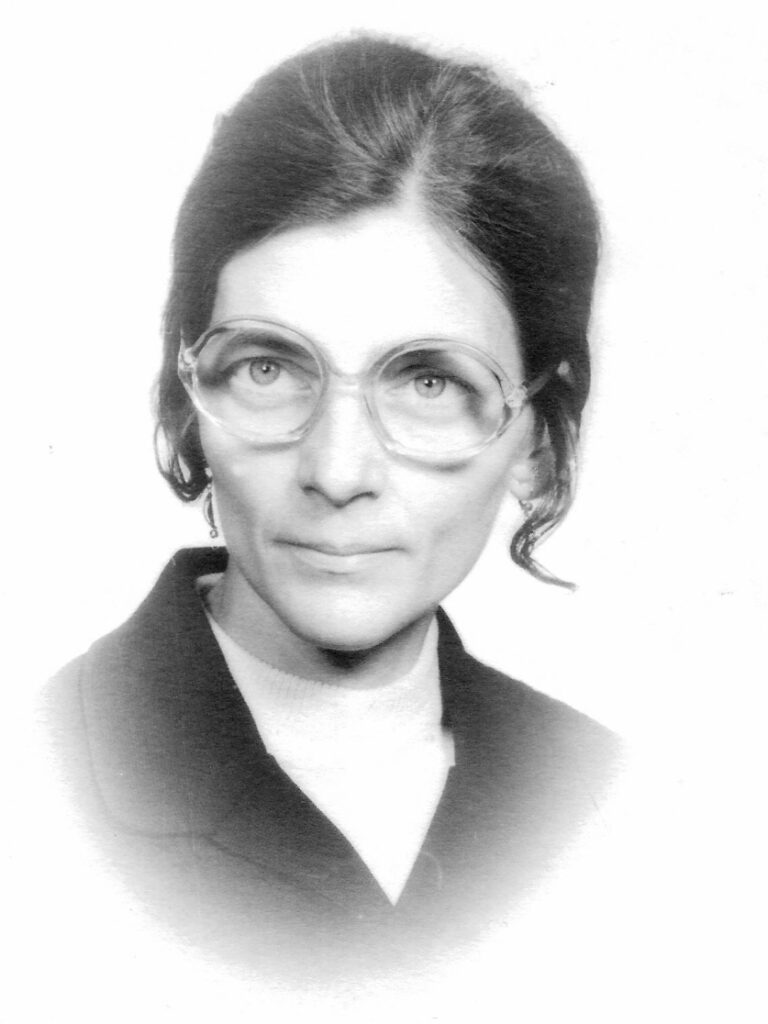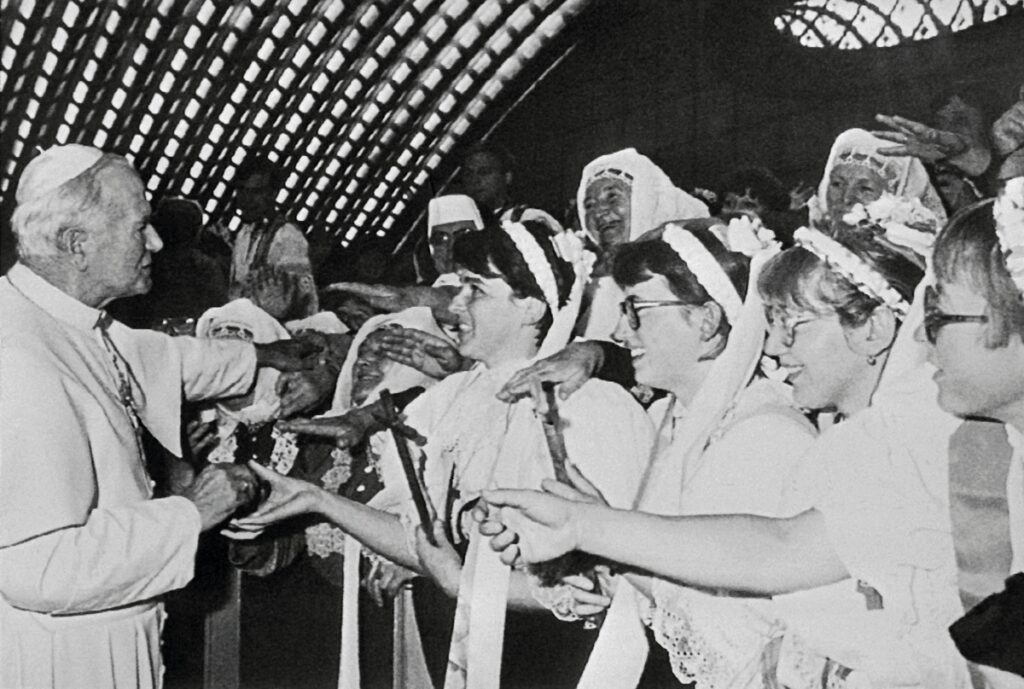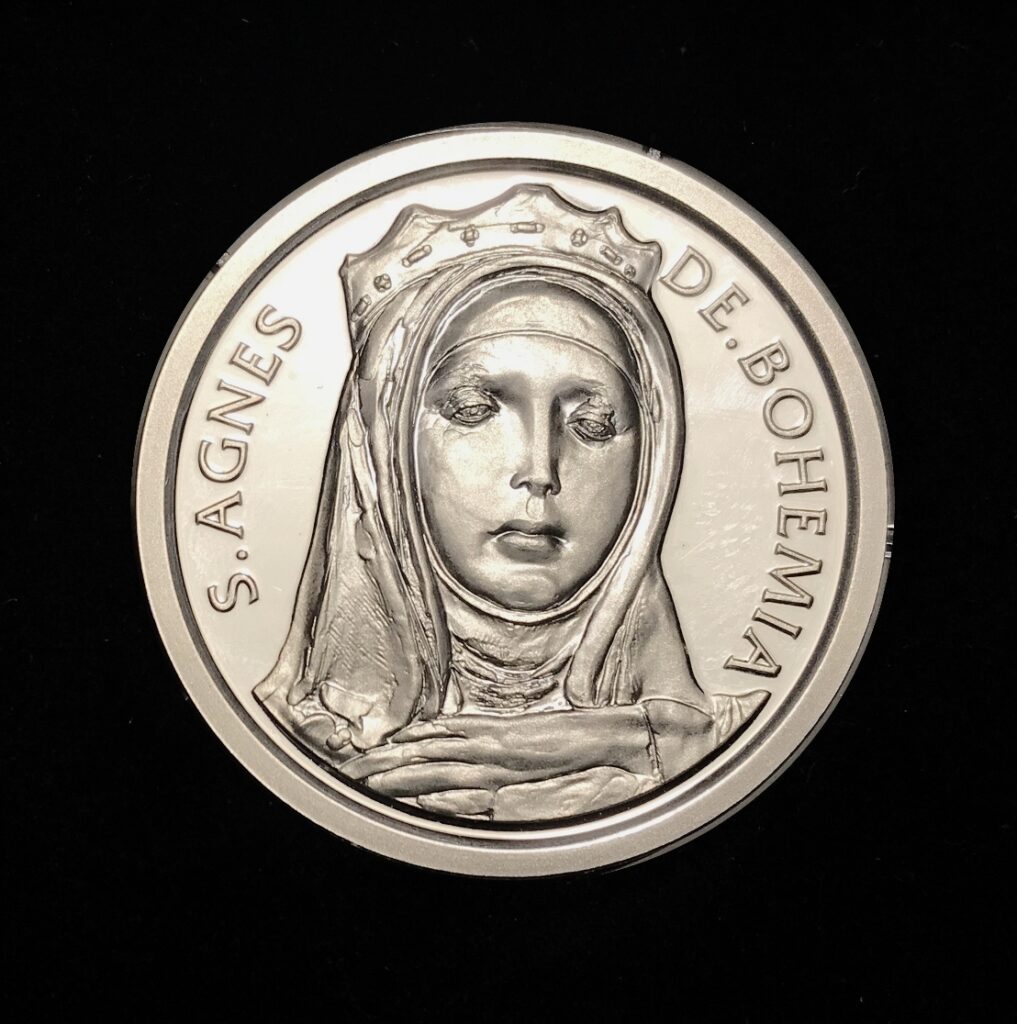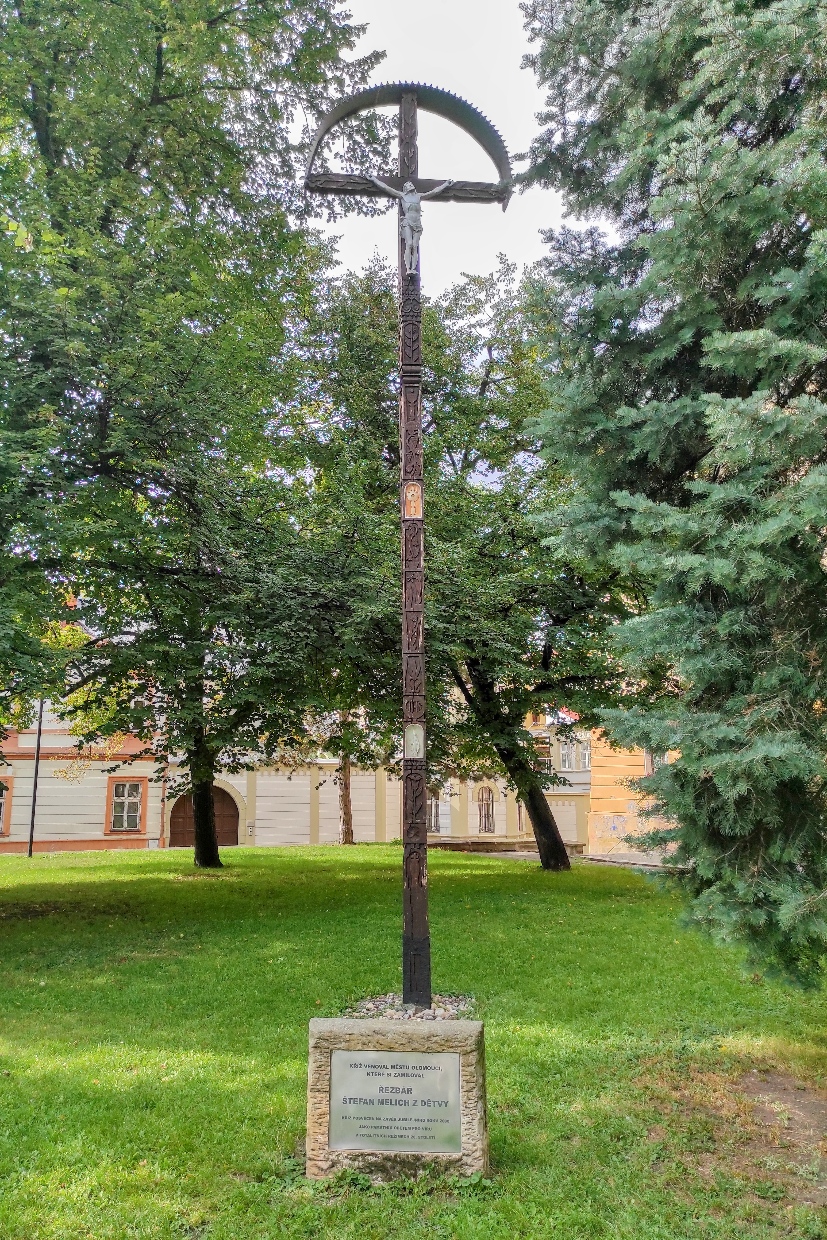Two Women and Two Paths for the Catholic Church in Communist Czechoslovakia – Olomouc, Archbishop’s Palace
Fact of the Czech figure „Velvet revolution – 1989”
Part of the „Dreaming about the democracy” topic
The Catholic Church was a powerful competitor to communism. Therefore, it was subjected to pressure and often violence from the state in an attempt to limit the Church’s influence in society. Under the pressure, the Catholic Church was divided into the official Church, subject to state control, and the hidden Church, practicing underground.
The hidden church played a key role in maintaining a pure religious identity and democratic spirit. Under pressure, diamonds are being formed and, in a similar way, the hidden church was ahead of its time in its reforms – it ordained women and married men as priests. One of the women was Ludmila Javorová, a secretly ordained priest who celebrated mass and provided spiritual support to communities that refused to submit.
The government has imposed restrictive rules on the official church, subjecting it to police control and harassment. The Church could only carry out its activities under these conditions. However, there was a legend dating back to ancient times that the country would fare better when Agnes of Bohemia, a saint from the 13th century, was canonised. Agnes, a symbol of hope and spiritual renewal, was canonised by Pope John Paul II on 12 November 1989. Thousands of Czech and Slovaks went to Rome to celebrate. As if to fulfill an old legend, the Velvet Revolution against the communist dictatorship broke out in Prague five days later.
The two women, one from the 20th century and one from the ancient Middle Ages, represent different yet equally important aspects of the struggle to preserve religious faith in the challenging circumstances of Czechoslovakia under the communist rule.








